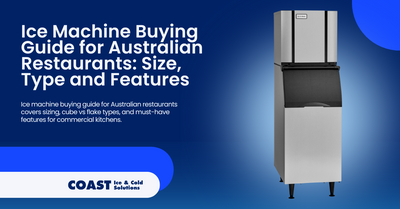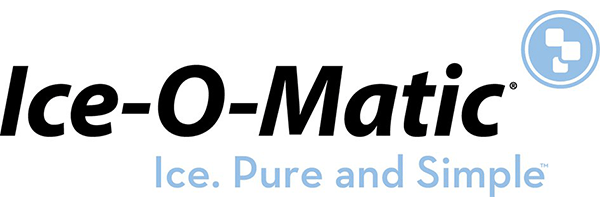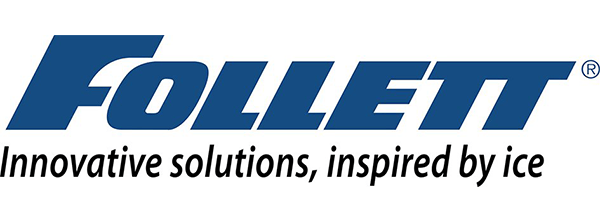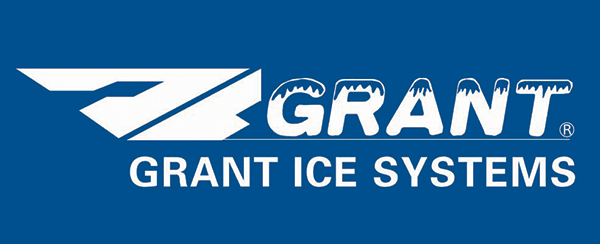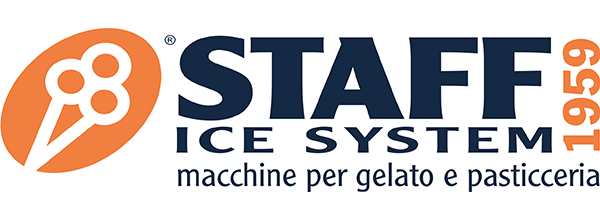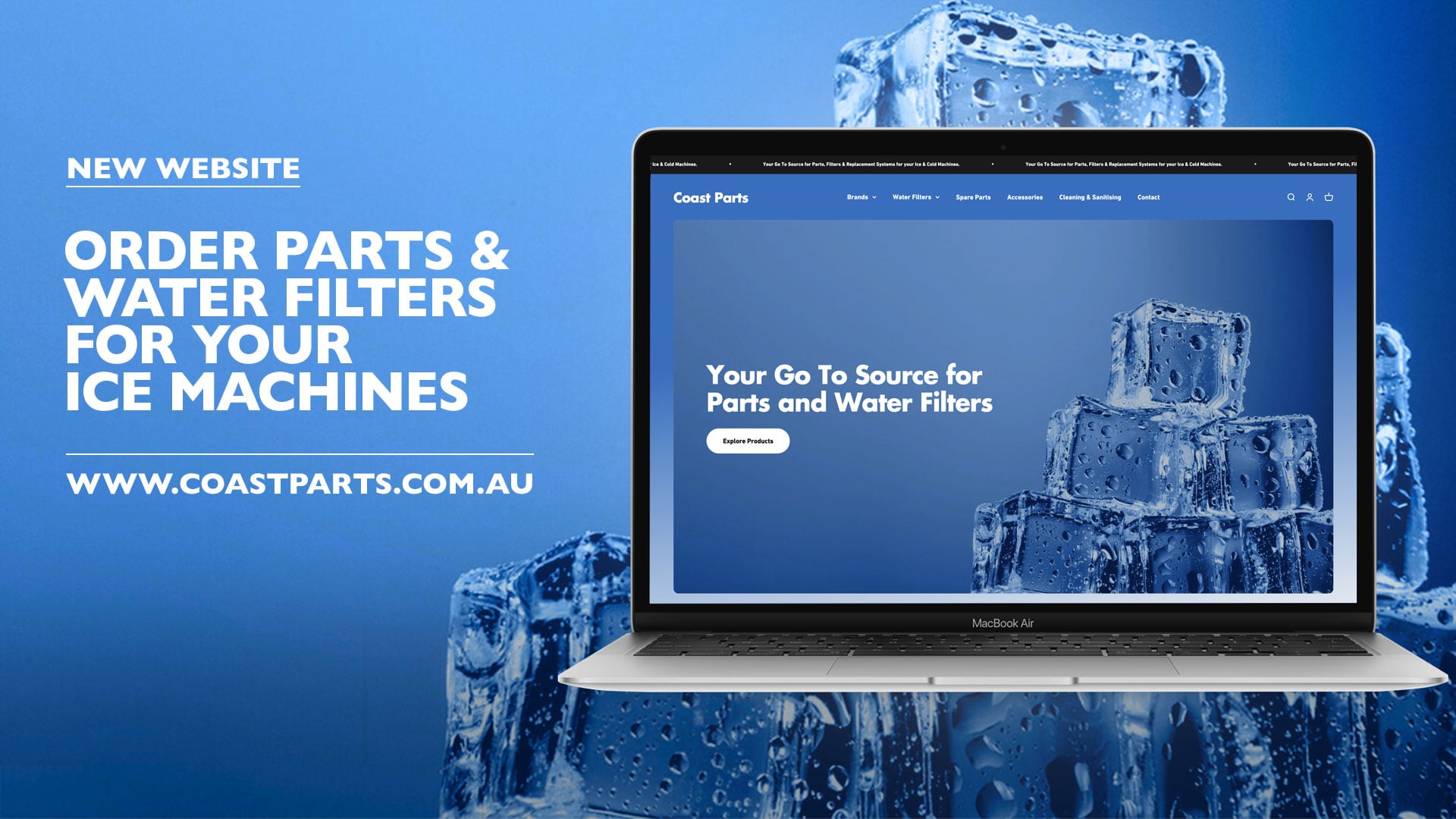Ice Machine Buying Guide for Australian Restaurants: Size, Type and Features
The Coast Team on 24th Jun 2025
It's a sweltering Saturday night in Brisbane, your restaurant is packed, and halfway through service your ice machine decides to call it quits. The bartender's frantically rationing ice for cocktails while the kitchen's struggling to keep seafood displays cold. By the time emergency bagged ice arrives (at triple the normal price), you've lost thousands in revenue and frustrated half your regular customers.
If you've been in the restaurant game long enough, you know this scenario isn't rare. What separates successful operations from those constantly fighting equipment failures often comes down to one decision: choosing the right ice machine from the start.
Why Most Restaurants Get Ice Machine Selection Wrong
Here's the uncomfortable truth - most restaurant owners treat ice machines as an afterthought. They'll spend weeks selecting the perfect espresso machine but grab whatever ice maker fits the budget and space. This approach costs them dearly.
The typical mistakes we see across Australian restaurants are predictable. Undersizing based on average needs rather than peak demand leaves you scrambling during busy periods. Choosing the wrong ice type for your menu creates operational headaches. Ignoring local water conditions leads to premature equipment failure. Focusing solely on purchase price while ignoring running costs blows out budgets long-term.
Restaurant ice needs vary dramatically based on your operation. A fine dining establishment in Melbourne's CBD has different requirements than a beachside café in Coolangatta. Your menu, service style, peak periods, and even your glassware all impact what ice machine will actually work for your business.
Understanding Restaurant Ice Consumption Patterns
Let's talk numbers. The old rule of thumb suggests 1kg of ice per restaurant seat daily, but that's dangerously simplistic. A cocktail-focused bar might need 3-4kg per seat, while a breakfast café could manage with 0.5kg.
Your menu drives consumption more than any other factor. Seafood restaurants need substantial ice for displays and storage. Cocktail bars burn through ice faster than you'd believe - a single frozen margarita can use 200g of ice. Even seemingly simple operations like soft drink service add up when you're refilling glasses throughout service.
Peak periods matter more than daily averages. Friday night service might use more ice than Monday through Thursday combined. Special events, holidays, and even weather patterns create demand spikes that catch unprepared operators off guard. That's why we always recommend calculating capacity based on your busiest possible service, not typical quiet periods.
Cube, Flake, or Nugget: Matching Ice Types to Your Menu
Not all ice works for every application, and choosing wrong creates constant operational friction. Here's what actually works in Australian restaurant settings.
Cube ice is a staple in hospitality for its versatility and reliability. The Ice-O-Matic CIM0325 produces full or half size cube ice that works brilliantly for beverages, providing good cooling without excessive dilution. Full cubes last longer in drinks, making them perfect for table water service and spirits. Half cubes cool faster and blend easier, suiting operations with extensive cocktail menus.
Gourmet ice takes presentation to another level. The Ice-O-Matic UCG165A creates crystal-clear, conical ice that elevates premium spirits and cocktails. When you're charging $25+ for drinks, presentation matters. The slower melt rate means drinks maintain their intended flavour profile longer - critical for sipping spirits.
Flake ice excels for food presentation and rapid cooling. Seafood displays, salad bars, and cold buffets benefit from flake ice's ability to mould around products while maintaining consistent temperatures. The Grant FF1.5E flake ice machine produces the sub-zero flake ice that seafood-focused restaurants rely on for premium presentation.
Nugget ice (or chewblet) offers unique advantages for specific applications. Soft and chewable, it's perfect for blended drinks and popular with customers who enjoy eating ice. The Follett Maestro Chewblet Ice Makers provide this versatile option for operations wanting something different.
Sizing Your Ice Machine: Getting the Capacity Right
Undersized ice machines cause more restaurant headaches than almost any other equipment choice. But oversizing wastes money and space. Finding the sweet spot requires honest assessment of your operation.
Start with peak hourly demand, not daily averages. A 100-seat restaurant might need 300kg of ice on a busy Saturday, but if 200kg of that gets used between 6 PM and 9 PM, your machine needs to keep pace with consumption. The Ice-O-Matic CIM0325 produces 132kg daily - adequate for smaller operations but insufficient for high-volume venues.
Storage capacity matters as much as production. Ice machines produce continuously, but usage comes in bursts. The modular Ice-O-Matic CIM1135 produces 425kg daily, but you'll need an appropriately sized bin to store that production. Without adequate storage, you're essentially throwing away overnight production.
Consider growth plans too. That cosy 50-seat restaurant might expand to 80 seats next year. Starting with the Ice-O-Matic CIM0835GA producing 363kg daily provides headroom for growth without immediate replacement needs. For establishments anticipating significant expansion, Coast Distributors also offers the Grant FF1.5E producing up to 1,500kg daily - perfect for large-scale operations.
Self-Contained vs Modular: Configuration Considerations
Restaurant layouts rarely accommodate equipment perfectly, making configuration choices critical for operational flow.
Self-contained units like the Ice-O-Matic ICEU225 combine production and storage in one package. Perfect for bars, wait stations, or anywhere space is tight. The 96kg daily production with 32kg storage suits supplementary needs, while the compact footprint fits under standard benches. Installation simplicity means lower upfront costs too.
Modular systems separate ice-making heads from storage bins, offering flexibility for high-volume operations. The Ice-O-Matic CIM1135 produces massive 425kg daily quantities but requires matching with appropriate bins. This configuration allows remote installation - keeping noisy compressors away from dining areas while positioning bins for convenient access.
For many restaurants, combining approaches works best. A high-capacity modular system in the back-of-house handles primary production, while compact self-contained units at the bar and wait stations provide immediate access during service.
Water Quality: The Silent Equipment Killer
Here's what equipment suppliers often won't tell you upfront - water quality determines whether your ice machine lasts 15 years or needs replacing in three. Australian water varies dramatically, and what works in Sydney might fail spectacularly in Adelaide.
Hard water wreaks havoc on ice machines. Scale buildup reduces efficiency, increases energy consumption, and eventually causes complete failure. The CD20B filtration system provides essential protection, removing sediment and reducing scale-forming minerals. For seriously challenging water, the CD40B twin system offers enhanced protection that can double equipment lifespan.
But filtration isn't just about equipment protection. Poor water quality affects ice clarity, taste, and even safety. Chlorine levels that are safe for drinking can still impart off-flavours that ruin premium beverages. Sediment creates cloudy ice that looks unprofessional. Proper filtration solves these issues while protecting your investment.
Installation Realities for Restaurant Environments
The best ice machine poorly installed becomes an expensive headache. Restaurant installations face unique challenges that demand professional expertise.
Drainage often surprises first-time buyers. Ice machines produce significant wastewater that must go somewhere. Floor drains need proper capacity and positioning to handle flow without creating slip hazards. Some councils require backflow prevention devices, adding complexity and cost. Getting drainage wrong means water damage, safety issues, and potential closure by health inspectors.
Ventilation requirements catch many operators off-guard. Ice machines generate serious heat - that frozen water doesn't appear magically. Insufficient ventilation causes machines to run hot, reducing production and shortening equipment life. The Ice-O-Matic CIM0835GA needs 15cm clearance all around for proper airflow - impossible in many tight restaurant spaces without planning.
Power requirements vary dramatically between models. Smaller units might run on standard 10-amp circuits, while high-capacity machines need three-phase power. Retrofitting electrical supply after purchase blows budgets and delays opening. Smart operators involve qualified electricians during planning stages.
Energy Efficiency and Running Costs
Purchase price represents maybe 20% of total ice machine costs over its lifespan. Smart operators calculate total ownership costs before buying.
Energy consumption varies wildly between models and technologies. Older designs might use 10kWh to produce 45kg of ice, while efficient models achieve the same output with 5kWh. In Queensland's commercial electricity environment, that difference adds up to thousands annually. The Ice-O-Matic CIM series incorporates efficient Harvest Assist technology, reducing energy usage while maintaining production rates.
Water usage matters too, especially with increasing drought concerns and water prices. Some machines use 100 litres to produce 45kg of ice - others need just 40 litres. Air-cooled versus water-cooled condensers present another efficiency choice. While water-cooled units work well in extreme heat, they consume substantial water that many councils now restrict.
Maintenance Requirements and Service Support
Every ice machine needs maintenance - the question is how much and how often. Restaurant environments challenge equipment harder than most applications. Grease-laden air, flour dust, and steam all impact performance.
Daily cleaning keeps problems at bay. Staff need to wipe down exteriors, check and clean air filters, and monitor ice quality. Weekly deep cleaning of bins prevents bacterial growth and maintains food safety compliance. Monthly professional maintenance catches developing issues before they cause failures.
Service support separates equipment survivors from expensive mistakes. When your ice machine fails on a 40-degree Saturday, you need help fast. Coast Distributors' 24-hour service support has saved countless restaurant weekends. Having access to spare parts locally matters too - Coast Parts stocks filters, cleaning supplies, and components that keep machines running.
Special Features Worth Considering
Modern ice machines offer features that genuinely improve restaurant operations. Understanding which matter for your situation prevents overpaying for unnecessary technology.
Antimicrobial protection provides real value in food safety-conscious operations. Systems like Follett's Agion protection inhibit bacterial growth on ice-contact surfaces, reducing contamination risks between cleaning cycles. For restaurants prioritising hygiene, this technology offers peace of mind.
Diagnostic systems save money through early problem detection. Advanced controls monitor operation and alert staff to developing issues. Knowing your machine needs attention before it fails completely prevents emergency callouts and lost revenue.
Quiet operation matters more than many realise. Nobody wants compressor noise disrupting intimate dining experiences. Models designed for sound reduction work better in open kitchens or front-of-house installations.
Why Partner with Coast Distributors for Your Ice Solution
Choosing the right ice machine is just the beginning - success comes from partnering with suppliers who understand Australian restaurant realities. Coast Distributors brings over two decades of experience helping restaurants across the country find ice solutions that actually work for their unique situations.
We pride ourselves on transparency and honest advice. Unlike suppliers pushing whatever's in stock, our team takes time to understand your operation, analyse your real needs, and recommend equipment that solves problems rather than creating them. Whether you're fitting out a new venue or upgrading existing equipment, we provide the expertise that comes from thousands of successful installations.
Our commitment extends far beyond the sale. With 24-hour service support, comprehensive spare parts inventory, and technicians who actually understand restaurant operations, we ensure your ice equipment keeps performing when you need it most. We've built our reputation on unparalleled customer service because we know that when your ice machine fails during service, you need a partner, not just a supplier.
Ready to experience the Coast Distributors difference? Our expert team is standing by to help you navigate ice machine selection with the honesty and expertise your restaurant deserves. Visit our contact form to get in touch, and let's discuss how we can create a personalised ice solution that supports your restaurant's success for years to come.
Making Your Final Decision
Choosing the right ice machine comes down to honest assessment of your needs, space, and budget. Start by calculating realistic peak demand - be generous rather than optimistic. Match ice type to your primary applications. Factor in total ownership costs, not just purchase price. Plan for proper installation from the beginning.
For most full-service restaurants, a combination approach works best. A workhorse modular unit like the Ice-O-Matic CIM1135 handles primary production, while strategic placement of smaller units provides convenient access during service. Add proper filtration, professional installation, and regular maintenance, and you've got a system that supports rather than constrains your operation.
Ready to find the perfect ice solution for your restaurant?
Contact Coast Distributors to discuss which ice machine configuration suits your restaurant needs:
- View the Ice-O-Matic CIM Series specifications
- View the Grant Flake Ice Machine options
- Explore our complete range of commercial ice machines
- Speak with our expert team by filling out our contact form
- Need a service for your machine: fill out our service request form
- Need water filters or spare parts? Browse our parts inventory
Don't let inadequate ice equipment compromise your restaurant's service quality. Join the growing number of Australian restaurants already benefiting from properly specified commercial ice solutions.
Coast Distributors is Australia's leading commercial ice equipment distributor, providing restaurant ice solutions nationwide. With 24-hour service support and extensive hospitality experience, we ensure your ice machines support optimal service delivery. Visit coastdistributors.com.au to learn more.

